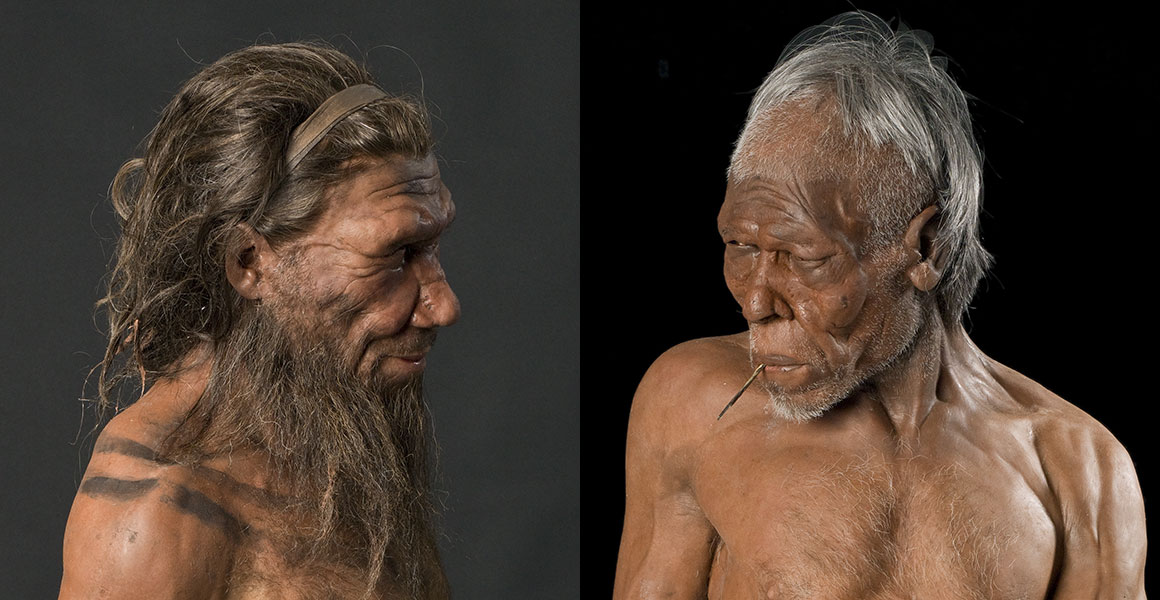PALAEOGENOMICS
1. Background
2. Extracting DNA from Fossils
- The challenge with extracting DNA from fossils is that it degrades fairly quickly and there is little usable material.
- Because such bones may have passed through several hands, the chances of them being contaminated by humans as well as other bacterial DNA get higher.
- This has been one of the major stumbling blocks to analysing DNA from fossils
- DNA is concentrated in two different compartments within the cell: the nucleus and mitochondria, the latter being the powerhouse of the cell
- Nuclear DNA stores most of the genetic information, while the much smaller mitochondrial genome is present in thousands of copies and therefore more retrievable
- Pääbo managed to sequence a region of mitochondrial DNA from a 40,000-year-old piece of bone.
- This was the first time a genome from an extinct human relative was pieced together. Subsequently, he managed to extract enough nuclear DNA from Neanderthal bones to publish the first Neanderthal genome sequence in 2010
- The most important contribution is demonstrating that ancient DNA can be reliably extracted, analysed and compared with that of other humans and primates to examine what parts of our DNA make one distinctly human or Neanderthal.
- Europeans and Asians carry anywhere between 1%-4% of Neanderthal DNA and there is almost no Neanderthal DNA in those of purely African ancestry
- Comparative analyses with the human genome demonstrated that the most recent common ancestor of Neanderthals and Homo sapiens lived around 8,00,000 years ago
3. Advantages of Palaeogenomics
- The study of ancient DNA provides an independent way to test theories of evolution and the relatedness of population groups
- In 2018, an analysis of DNA extracted from skeletons at Haryana’s Rakhigarhi reported to be a prominent Indus Valley civilisation site provoked an old debate about the indigenousness of the ancient Indian population
- The Rakhigarhi fossils showed that these Harappan denizens lacked ancestry from Central Asians or Iranian Farmers and stoked a debate on whether this proved or disproved ‘Aryan migration.’
- Palaeogenomics also gives clues into disease. Researchers have analysed dental fossils to glean insights on dental infections.
- Genome-wide association studies, where segments of DNA from species are compared, have found that Neanderthal DNA may be linked with autoimmune diseases, type 2 diabetes, and prostate cancer
- A study co-authored by Svante Pääbo and Hugo Zeberg linked an increased risk of severe respiratory failure following COVID-19 with a set of genes that are inherited from Neanderthals and is present in 50% of South Asians and 16% of Europeans
- The presence of Neanderthal and Denisovan DNA in people also raised questions on whether there are hard genetic distinctions between people and their extinct evolutionary cousins.
|
Neanderthals are an extinct species or subspecies of archaic humans who lived in Eurasia until about 40,000 years ago
 |
|
For Prelims: Palaeogenomics, DNA Mains Question: 1.What is Palaeogenomics? Discuss the implications of it |




